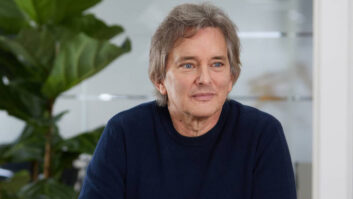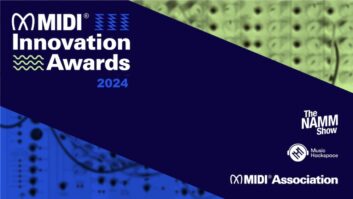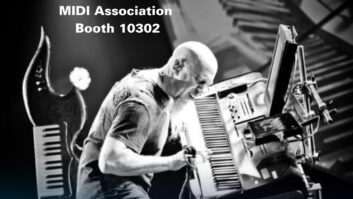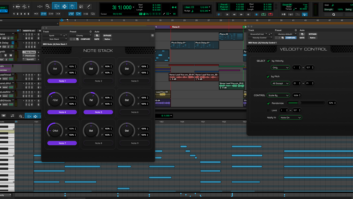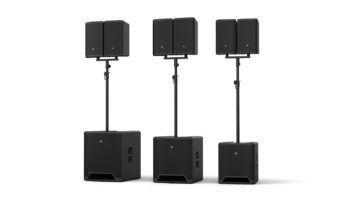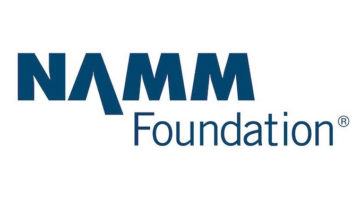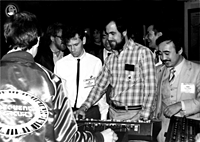
Dave Smith (R) demos MIDI at Winter NAMM, 1983
The Musical Instrument Digital Interface (MIDI) had its origins when Sequential Circuits’ founder (and designer of the Prophet-5, the first fully programmable polyphonic synth) Dave Smith presented a 1981 AES paper for a Universal Synthesizer Interface (USI) based on his meetings with Tom Oberheim and Roland’s Ikutaro Kakehashi. USI proposed a common note-on/off communications protocol between electronic instruments from different manufacturers. In a rare example of insight and cooperation, U.S. and overseas companies began working together to refine USI into the more powerful MIDI standard. MIDI was first publicly demonstrated at Winter NAMM 1983, when a Prophet-600 was connected to a Roland JP-6.
As computers became affordable and more powerful, MIDI became a staple in studios, along with growing racks of synths, drum machines, sequencers and samplers, with control rooms expanded to house all of this gear. During the years, the original MIDI spec was enhanced with features such as MIDI Sample Dump, MIDI Time Code, MIDI Show Control, MIDI Machine Control and General MIDI, as well as incorporating MIDI sequencing into the DAW environment. Smith later joined the development team on Reality — the first professional soft synth — and, more recently, started Dave Smith Instruments to design new, enhanced analog synths such as the Poly Evolver Keyboard.
